T4K3.news
Hydrogen peroxide trial tests peroxide in radiotherapy
UK NHS trial injects a slow-release peroxide gel into tumours to boost radiotherapy effectiveness; early results show safety and potential.
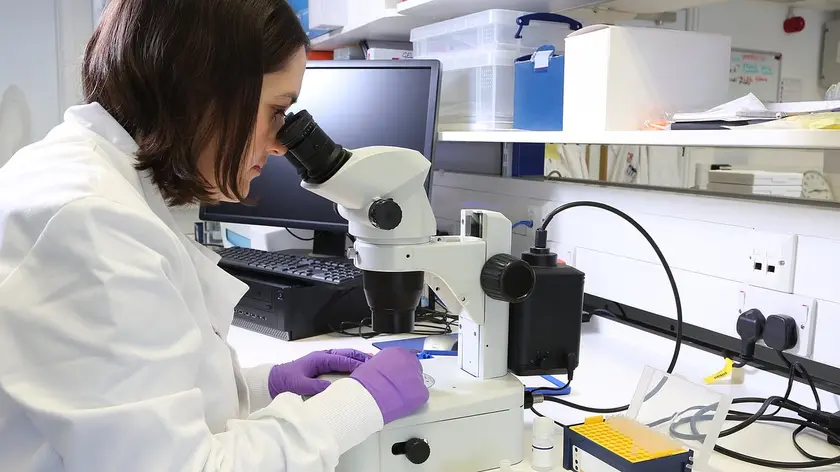
British NHS trials test hydrogen peroxide injected into tumours to boost radiotherapy with potential wider use and low cost.
Hydrogen peroxide trial offers a cautious path to improving radiotherapy
A clinical trial in five NHS hospitals tests a slow‑release hydrogen peroxide gel injected into breast tumours before radiotherapy. The aim is to increase oxygen in cancer cells, which can make radiotherapy more effective. Patients in the study are split into two groups: half receive radiotherapy alone, the other half receive the gel injection before each session. The peroxide used is diluted far weaker than disinfectants to limit risk while delivering local oxygen.
Early results from a small group of patients suggest the approach is safe and may enhance tumour shrinkage. If proven effective, the method could allow similar benefits with fewer treatment sessions or lower doses, potentially reducing skin damage and fatigue. Beyond breast cancer, researchers are testing peroxide in cervical cancer and head and neck cancer, and other peroxide based therapies are in development for skin tumours and wound healing.
Key Takeaways
"We know that cancer cells generally have low levels of oxygen in them."
Dr Navita Somaiah explains why oxygen matters for radiotherapy
"When we inject the hydrogen peroxide gel into the tumour, it breaks down into water and oxygen."
Somaiah on the mechanism of action
"Breast tumours are easy to access for injections."
Somaiah on the accessibility of breast tumours
"If safe and effective, this could apply to other solid tumours as well."
Editorial note on broader applicability
The plan shows how a familiar chemical could spark a real shift in cancer care, but the evidence is still early. Critics warn against overselling a treatment before robust trials and safety must remain central given peroxide's potential to cause harm if misused. If larger tests confirm benefit, this approach could reshape radiotherapy protocols for accessible tumours and possibly reduce patient burden.
This line of research also highlights how cheap, readily available substances might become medical tools. Regulators will require careful data, clear labeling, and strict dosing guidelines to prevent misunderstandings or off‑label use. If the results hold, the field could see a broader push to combine simple chemistry with established therapies, always with patient safety at the forefront.
Highlights
- We know that cancer cells generally have low levels of oxygen in them
- When we inject the hydrogen peroxide gel into the tumour, it breaks down into water and oxygen
- Breast tumours are easy to access for injections
- If safe and effective, this could apply to other solid tumours as well
Public safety risk around peroxide injections
The use of hydrogen peroxide in treatment carries safety risks if not properly dosed and monitored. Public misinterpretation could lead to harmful self-treatment. Media framing could also influence public reaction and policy debates.
The next results will show whether this idea travels from lab to clinic.
Enjoyed this? Let your friends know!
Related News

Brain tumours need more support

Father diagnosed with stage 4 brain cancer after unusual smell
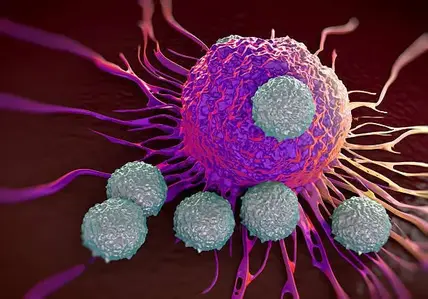
Cancer immune therapies advance under funding and trial progress
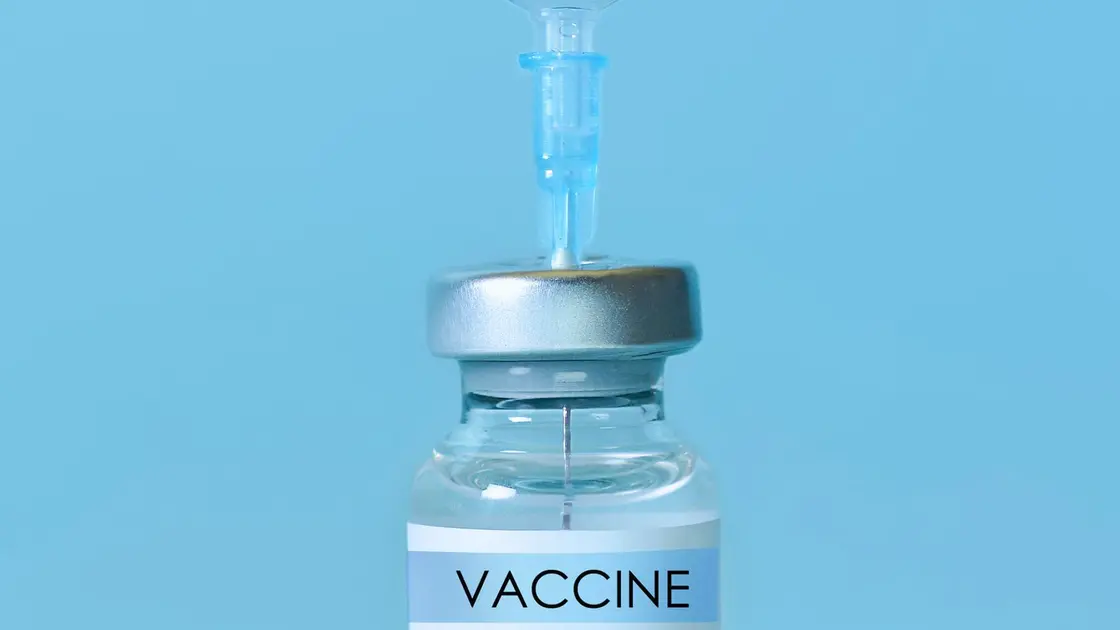
Pancreatic cancer vaccine shows early promise

New Study Reveals Life Thrives Beneath Earth's Surface

Innovations in cancer treatment improve patient outcomes
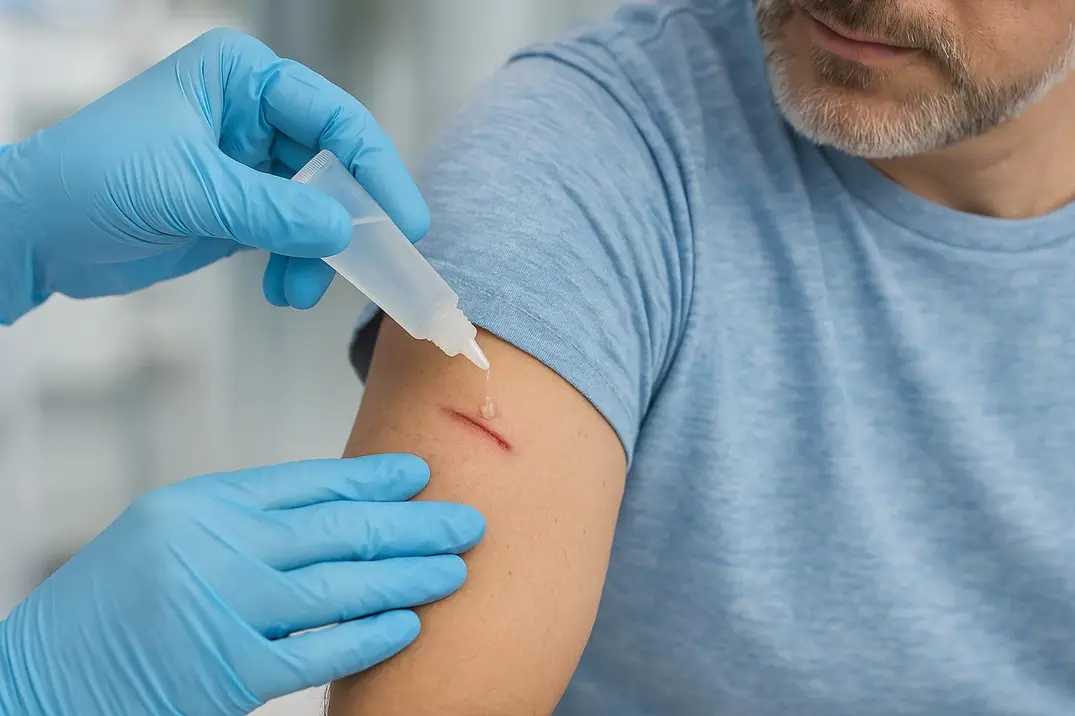
Medical glue advances may cut bleeding time
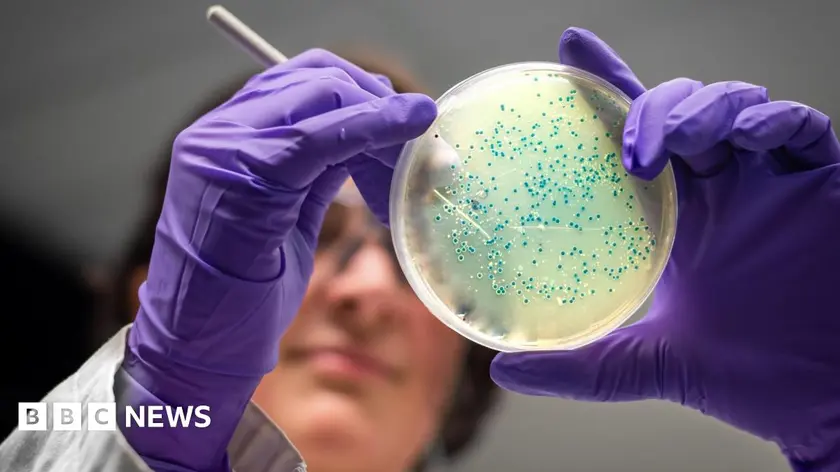
AI antibiotics inch forward
